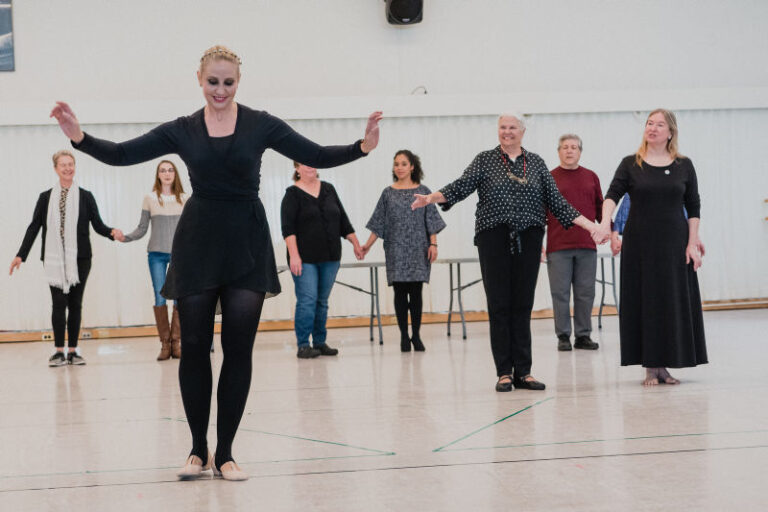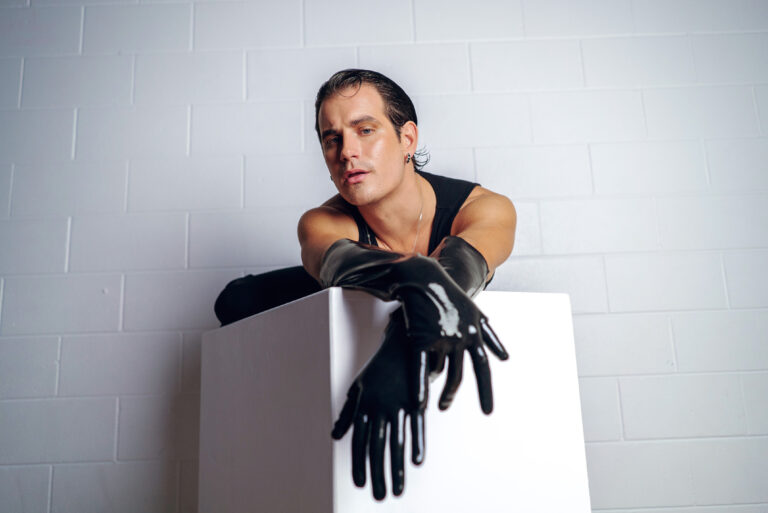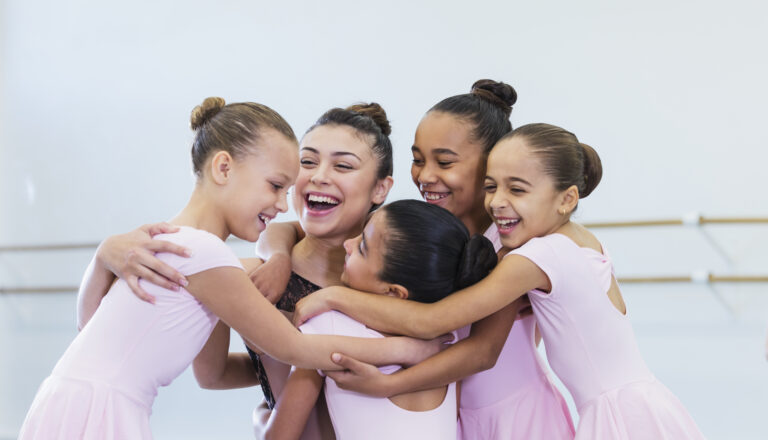Opening your doors to a wider world
Dudley Flores leads a high-energy Rhythm & Motion workout at ODC
In a quaint shopping center in northwest Houston, the windows of New Vibe Dance Studio read, “Ballet, Tap, Drill Team, Zumba, Kathak.” It’s not the usual roster for a neighborhood dance studio. Are the demographics of U.S. suburbs changing so quickly that the demand for world dance forms has filtered out to small suburban studios? For certain cities like Houston that have a diverse international population, the answer is a definite yes.
Whether the goal is to offer adults an alternative to beginning ballet or yoga, respond to the interests of an evolving community or simply to be at the forefront of a new trend, world classes can set your studio business apart. DT spoke with four studios about how they’ve introduced a world dance curriculum, each from a different perspective.
When owners Victoria McDonough and Beyonka Young opened the doors of Houston’s New Vibe last summer, their goal was to offer some form of cultural dance. Located in an area where dance studios are as numerous as nail salons, they decided to aim for a unique identity. “Both Beyonka and myself appreciate the beauty of the dances of other cultures,” says McDonough, “so we were exploring the idea of including African and Asian forms of dance from the beginning.” It just so happened that Hannah Igoe, a trained Kathak teacher who also teaches modern and lyrical, walked in their door as they were setting up shop. Igoe is well-connected to the growing East Indian population in the area, and she now teaches classes to adults and
children.
Zumba, a fitness program set to Latin rhythms developed by Beto Perez, is the studio’s first venture into Latin forms. “We wanted to offer something more exciting than typical aerobics, and Zumba seemed like a good fit,” says McDonough.
Performing Arts Network in Miami, FL, came about when founder Ilisa Rosal became aware that a group of artists needed a place to teach and rehearse. Faculty members are professional dancers, either with their own companies or as members of another. “We offer a place to train seriously in flamenco and other forms; we offer traditional and contemporary training,” says Rosal, who also is the founder and artistic director of Ballet Flamenco La Rosa. “We wanted to create a place to study these forms intensely with people who make their living dancing. There are also opportunities to apprentice or perform with a student company.” Classes include Irish step, Middle Eastern dance, Afro-Haitian, Afro-Cuban, traditional African dance and several levels of flamenco, along with ballet and creative movement. PAN welcomes children and adult beginners to their classes, too. “We are happy to have students who are looking for a creative way to get some exercise,” says Rosal. “We are a wonderful mix of professionals and hobbyists.”
Rozann Kraus, director of The Dance CompleX, in Cambridge, MA, didn’t set out to create a multicultural dance center. “It just kind of evolved,” she says. “After all, Cambridge is one of the most culturally diverse places in the state.” In addition to modern and ballet, students can choose from a dizzying array of global classes, including Kathak, Brazilian, Irish, Caribbean, flamenco, Middle Eastern, Latin ballroom, African and Afro-fusion. “It’s like the United Nations around here,” says Kraus, who oversees a faculty of 48 in her 18,000-square-foot facility. Adults flock to these classes, and it’s not unusual to see modern dancers testing the international waters as well.
The way Kraus makes it work is teachers rent studio space from her. “We want to encourage entrepreneurship in our teachers,” she says. For those starting to build a following, a class fee split can be arranged, but generally the rent is the same regardless of class enrollment. Rent includes front desk services and publicity in the form of twice yearly open houses, faculty concerts, frequent press releases and posters in the lobby.
When Kimi Okada and her colleagues at ODC in San Francisco were planning to build their new facility, Dance Commons, they hoped to not only reflect the cultural diversity and wealth of world dance teachers in the Bay Area, but to create an inclusive environment. “We wanted to celebrate the notion that everyone of all ages and levels can experience the joy and spirit of dance,” says Okada, school co-director. To achieve diversity (ODC’s program is in ballet and modern), she turned to another dance studio: Consuelo Faust’s Rhythm & Motion, which includes both a workout program that is influenced by world styles, and an extensive array of global classes.
“Basically, we were putting two huge organizations together. It took a year to do the feasibility study,” says Okada. “Administratively, it was like being shot out of a cannon; we went from 2 classes a day to 27.”
Today, four years into this joint arrangement, Faust and Okada report that their two populations have mixed well. Like the other studio directors, they are pleased with resulting crossover enrollments of students. “ODC dancers love the workout program,” says Faust. “Modern dancers try global classes, and there’s a sense of mixing populations.”
The reward for all the negotiation, finagling and rearranging is that when the studio directors walk through the building and hear the gentle strains of ballet music mixed with world beats, they know they have created a place where dance is truly a global concept. Recreational dancers feel welcomed and mix and mingle with professionals. “It’s thrilling to see so many kinds of people in the building,” says Okada. “We built a home for dance that is really special.” DT
ADAPTING YOUR SPACE
Sound-proofing
Kimi Okada of ODC found herself unprepared for just how far the sound of live drumming travels. “In the beginning, we had some complaints from our neighbors and needed to move some classes,” she says. As time went on, they added more sound-proofing in some of the studios in the form of large acoustic baffled wall panels. Because the original construction did not include sound-proofing between the studios, there are also concerns over what’s happening next door. She learned quickly to place slow meditative classes like Feldenkrais as far away as possible from noisier ones.
Rozann Kraus of The Dance Complex handles sound issues through careful scheduling. “We never schedule two classes with loud accompaniment at the same time,” she says.
Floor Surface
“Certain teachers love wooden surfaces and we try to accommodate them as best we can,” says Okada. “We have one studio where anything goes; bring your spike heels.” The Dance Complex protects its floors by putting marley underneath all floor-seated instruments.
Temperature Control
Keeping everyone happy with the ideal studio temperature is an ongoing issue at ODC. Workout students prefer it cool, while professional dancers prefer more moderate temperatures. “Even though each studio has its own thermostat, it’s hard to keep everyone pleased,” says Okada.
Nancy Wozny writes about the arts and health from Houston, TX.
Photo by Drew Kelly




